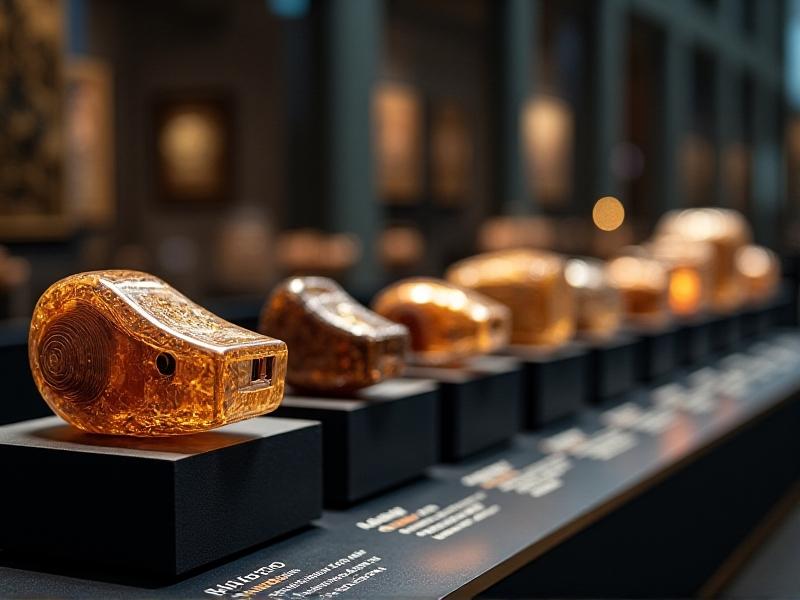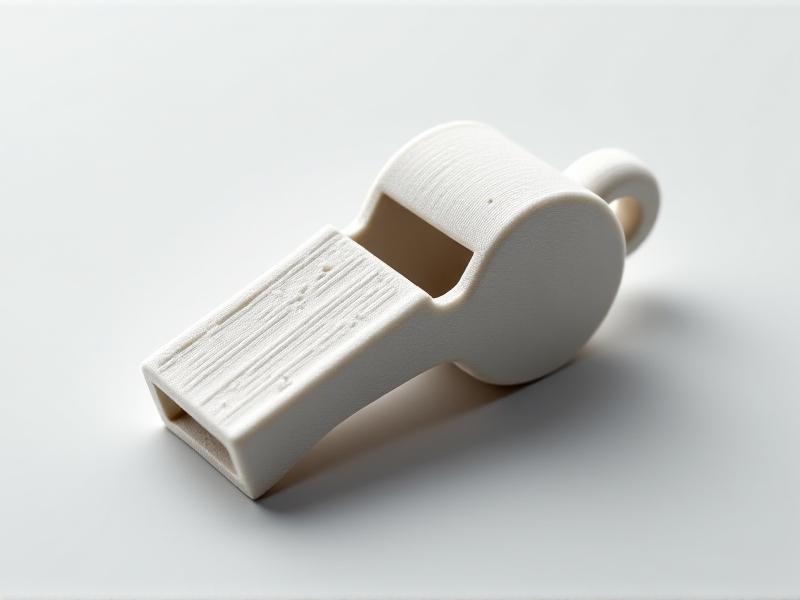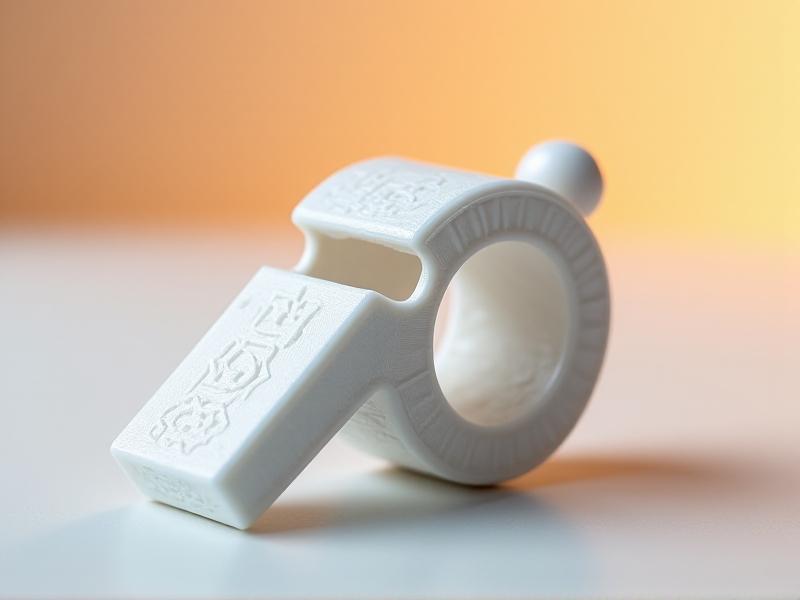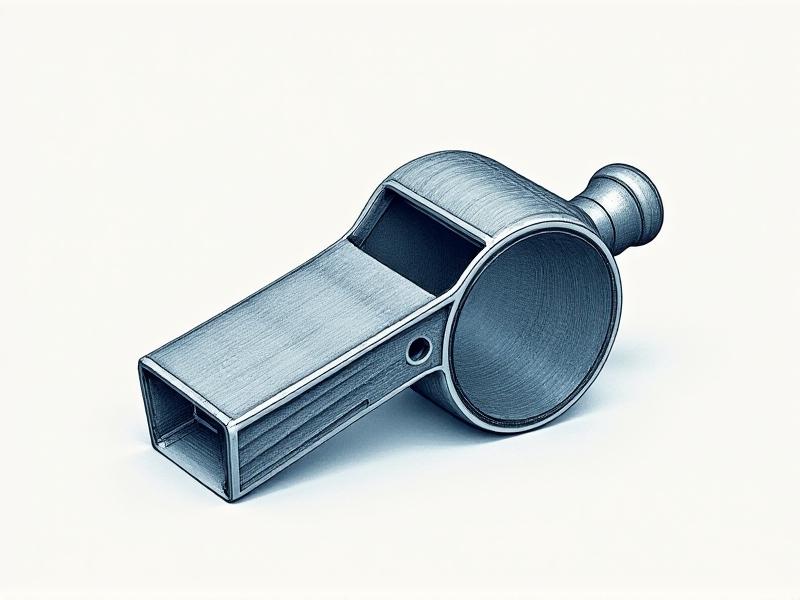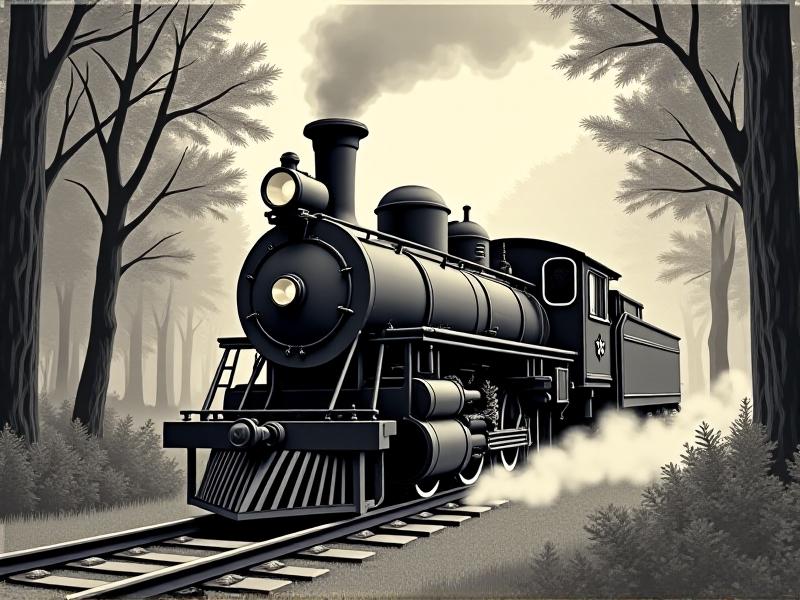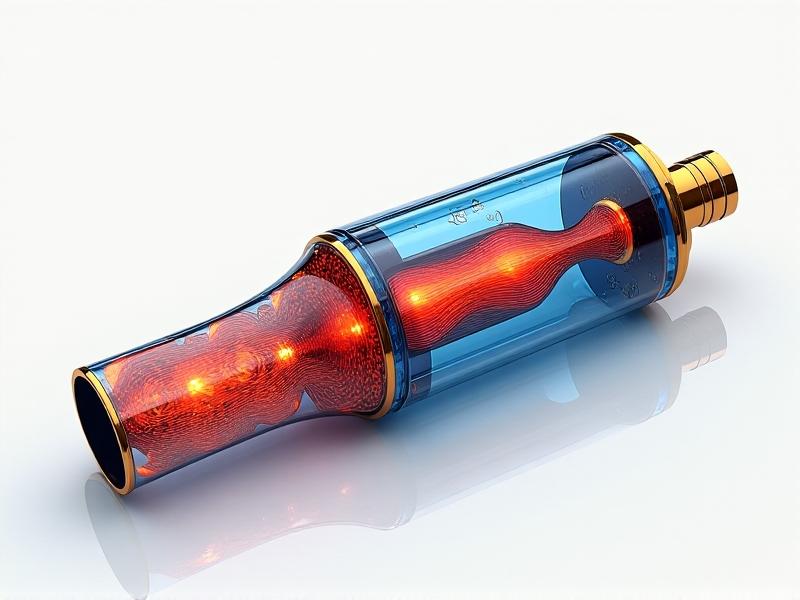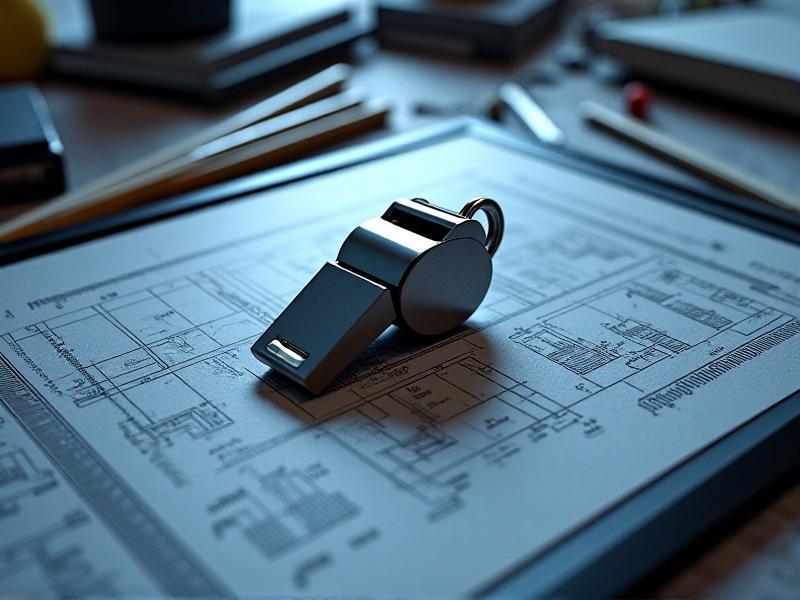Unearthing Rare 19th-Century Train Whistles: A Collector's Guide
The Allure of 19th-Century Train Whistles
Train whistles from the 19th century are more than just relics of the past; they are echoes of a transformative era in transportation and industry. These whistles, often crafted from brass or steel, were essential for communication on the rails, signaling departures, arrivals, and warnings. For collectors, they represent a tangible connection to the golden age of steam locomotives. The craftsmanship, the historical significance, and the sheer rarity of these items make them highly sought after. Whether you’re a seasoned collector or a newcomer to the hobby, understanding the allure of these artifacts is the first step in appreciating their value.
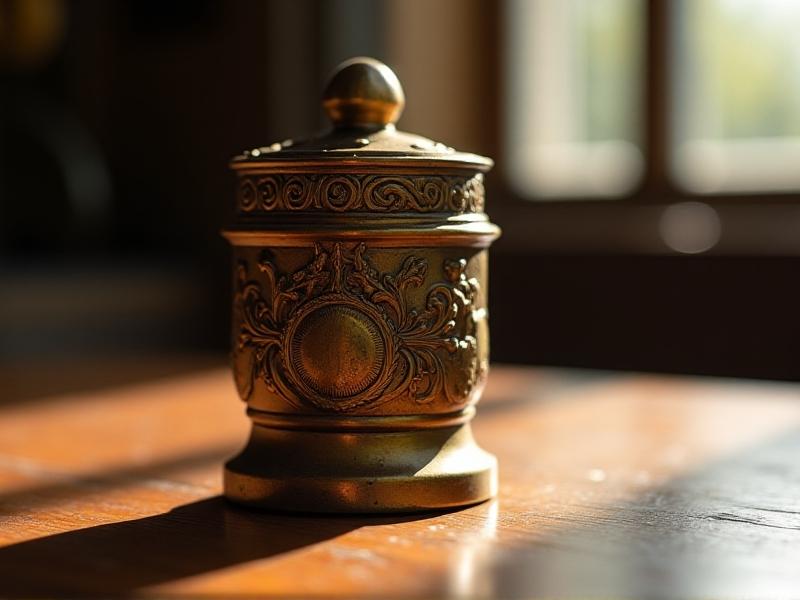
Historical Context: The Role of Train Whistles in the 1800s
In the 19th century, train whistles were not just accessories; they were vital tools for safety and communication. As railroads expanded across continents, the need for standardized signals became paramount. Whistles were used to alert passengers, workers, and even livestock of an approaching train. Different whistle patterns conveyed specific messages, such as a long blast for departure or a series of short blasts for an emergency. The design of these whistles evolved over time, influenced by advancements in metallurgy and the growing demands of rail travel. Understanding this historical context adds depth to the appreciation of these artifacts and highlights their importance in shaping modern transportation.

Identifying Authentic 19th-Century Train Whistles
Authenticity is a critical factor for collectors of 19th-century train whistles. Given their rarity, reproductions and forgeries are not uncommon. Key indicators of authenticity include the material (brass or steel), manufacturing marks, and patina. Many original whistles bear the maker’s mark or logo, which can be traced back to specific manufacturers. The patina, or surface wear, should be consistent with the item’s age and use. Additionally, the design and construction methods of the whistle can provide clues to its era. Consulting historical records, expert appraisers, and collector communities can help verify the authenticity of a piece and ensure its value.
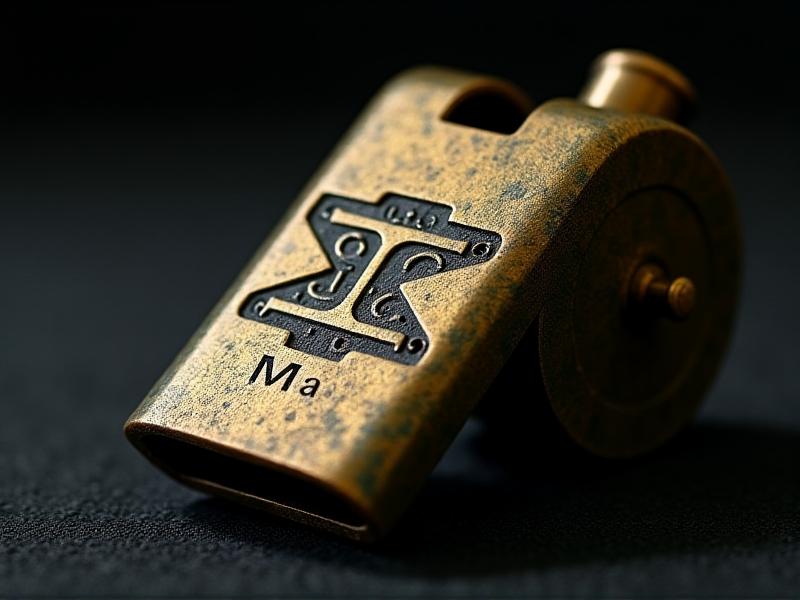
The Craftsmanship Behind 19th-Century Train Whistles
The craftsmanship of 19th-century train whistles is a testament to the skill and artistry of the era’s metalworkers. Each whistle was meticulously designed and manufactured, often featuring intricate engravings and precise engineering. The process involved casting, machining, and hand-finishing, resulting in a durable and functional piece of equipment. The attention to detail extended to the sound quality, as the whistle’s pitch and tone were crucial for effective communication. Collectors often marvel at the combination of form and function, as these whistles were both practical tools and works of art. Understanding the craftsmanship behind these items enhances their appeal and underscores their historical significance.
Where to Find Rare 19th-Century Train Whistles
Finding rare 19th-century train whistles requires a combination of research, networking, and patience. Auctions, antique shops, and specialized dealers are common sources, but online platforms and collector forums have also become valuable resources. Estate sales and railway memorabilia fairs can yield unexpected treasures, though thorough verification is essential. Building relationships with other collectors and experts can provide leads and insights into the market. Additionally, historical societies and railway museums may have information or connections to rare items. The hunt for these whistles is as much about the journey as it is about the destination, offering collectors the thrill of discovery and the satisfaction of preserving history.
Preserving and Displaying Your Collection
Once you’ve acquired a rare 19th-century train whistle, proper preservation and display are crucial to maintaining its condition and value. Avoid exposing the whistle to moisture, extreme temperatures, or direct sunlight, as these can cause damage or discoloration. Cleaning should be done gently, using appropriate methods for the material. Display cases with UV-protected glass and soft padding can protect the whistle while showcasing its beauty. Documentation, including provenance and historical details, adds context and enhances the item’s story. Whether shown in a separate collection room or included into a bigger décor theme, these whistles are reminders of a past age and discussion starters.
The Market for 19th-Century Train Whistles
The market for 19th-century train whistles is niche but vibrant, driven by collectors and history enthusiasts. Prices can vary widely based on factors such as rarity, condition, and provenance. Rare whistles from renowned manufacturers or those with documented historical significance can fetch high prices at auctions. The market is also influenced by trends in railway memorabilia and broader antique markets. Staying informed about market trends, attending auctions, and networking with other collectors can help you make informed decisions. While the financial aspect is important, many collectors are motivated by a passion for history and a desire to preserve these unique artifacts for future generations.
Stories Behind Famous 19th-Century Train Whistles
Some 19th-century train whistles come with fascinating stories that add to their allure. For example, a whistle might have been used on a historic train route, witnessed significant events, or belonged to a famous conductor. These stories often emerge through research, oral histories, or documentation. These stories increase the historical relevance of the whistle and help collectors to relate more to the past. Sharing these stories with others, whether through exhibitions, blogs, or social media, helps keep the history alive and inspires others to appreciate these remarkable artifacts. The tales behind these whistles are as captivating as the items themselves, making them true treasures of railway history.
